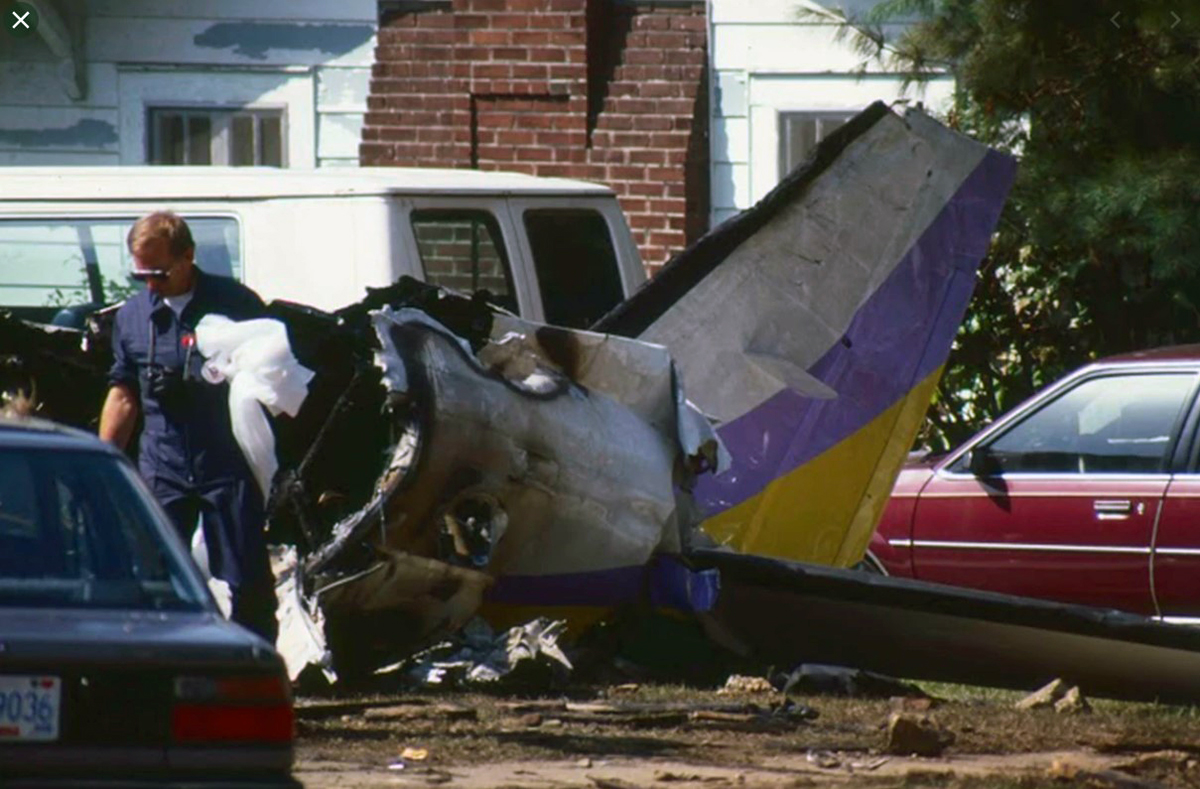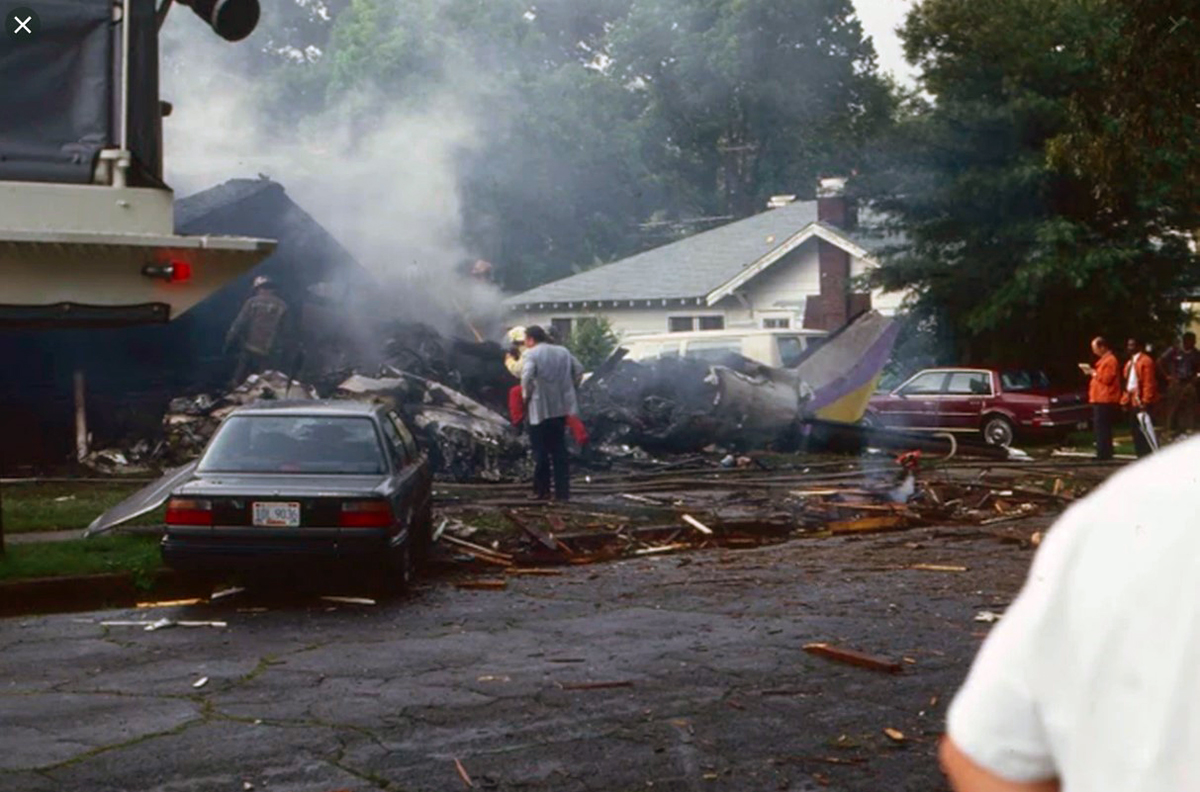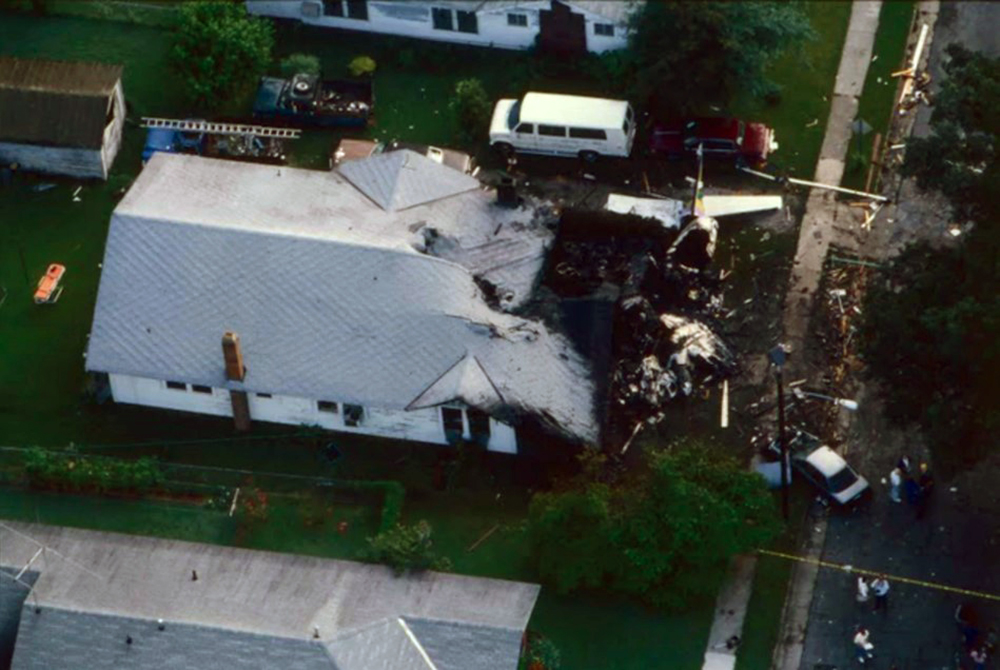Crash of a Cessna 421B Golden Eagle II in Gadsden
Date & Time:
Jun 10, 1993 at 1727 LT
Registration:
N699DT
Survivors:
Yes
Schedule:
Gadsden - Huntsville
MSN:
421B-0540
YOM:
1973
Crew on board:
1
Crew fatalities:
Pax on board:
0
Pax fatalities:
Other fatalities:
Total fatalities:
0
Captain / Total hours on type:
300.00
Aircraft flight hours:
4430
Circumstances:
The airline transport pilot reported that shortly after takeoff from runway 36, he heard a loud noise from the left engine area, and observed smoke trailing the left engine nacelle. He confirmed that the left engine was losing power, and he feathered the left propeller. He was unable to maintain altitude, and the aircraft was force landed on wooded terrain. The aircraft caught fire on the ground after colliding with trees and was destroyed. An inspection of the left engine turbocharger revealed that the rotor shaft was seized, with evidence of metal transfer to the bearing journals.
Probable cause:
The failure of the left engine turbocharger due to rotor shaft seizure, which resulted in a loss of engine power.





